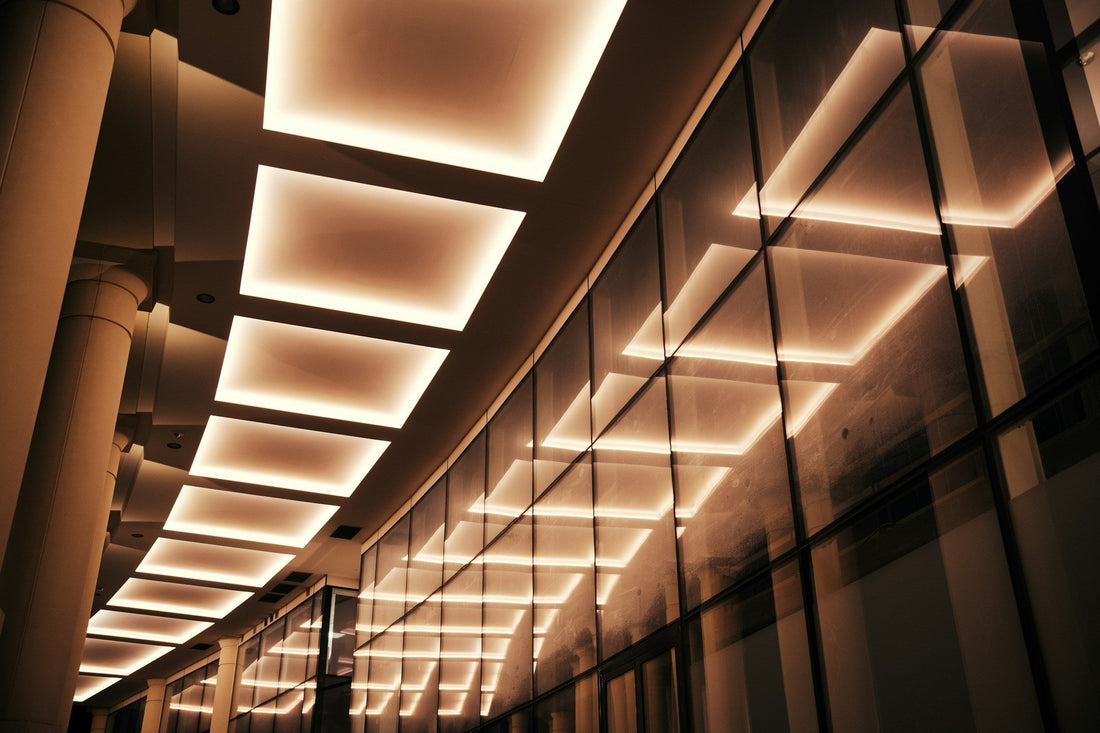How to Showcase Art in the Best Light
Jessica Adamec
Photo by Ciro Magliano on Unsplash
How to Showcase Art in the Best Light
Lighting can make or break how your art looks and how it feels in a room. The right light can bring out the colors, texture, and mood of a piece. It can also help your space feel more thoughtful and complete.
Whether you’re hanging a serene landscape, a cozy forest print, or a bold abstract inspired by nature, here’s how to highlight it in a way that feels right.
Quick Tips: How to Light Your Art Beautifully
- Use warm white bulbs (2700K–3000K) for a natural glow
- Avoid harsh cool light, which can wash out colors
- Angle lights at 30 degrees to reduce glare
- Try picture lights or track lighting for flexibility
-
Be cautious with direct sunlight to prevent fading
Use Warm Light to Enhance Color and Mood
Lighting has a huge impact on how colors appear. For nature-inspired art, soft and warm light tends to bring out the richness without distortion.
-
Look for warm white bulbs (2700K–3000K). These give an inviting glow that enhances natural tones like green, blue, and neutrals.
-
Avoid cool white bulbs (5000K and up), which can make artwork look flat or stark.

Photo by Aaron Burden on Unsplash
Want even more tips for using nature-inspired art in your home?
👉 Download my free guide: Infuse Your Home with Nature’s Magic for quick, actionable advice to transform your space.
Use Accent Lighting to Make Art the Focal Point
Accent lighting draws attention to the piece you want to highlight and helps it stand out in a room.
-
Picture lights are mounted directly above the frame. They work great for single, medium-to-large prints and give a classic gallery feel.
-
Track lighting is perfect if you have multiple prints on the same wall. It’s adjustable, flexible, and ideal for rotating displays or changing layouts over time.

Photo by Gleb Paniotov on Unsplash
Get the Angle Right to Avoid Glare
The angle of the light affects how the artwork looks. Done right, it brings out depth, texture, and color.
-
Use a 30-degree angle between the light and the wall to reduce glare, especially if your art is behind glass.
-
For larger pieces, widen the angle slightly (closer to 35 or 40 degrees) to ensure even lighting from top to bottom.

Photo by Rosemary Media on Unsplash
Let in Natural Light Carefully
Natural light can give your art a beautiful glow, but it has to be managed to avoid long-term damage.
-
Place art near indirect light, like next to a north-facing window. This keeps the light soft and gentle.
-
Avoid direct sunlight, which can fade inks and pigments over time. Use UV-protective glass or window treatments to help protect your artwork.

Photo by Minha Baek on Unsplash
Wrap-Up: Let Your Art Shine
Lighting doesn’t have to be complicated. A few thoughtful adjustments can help your art look its best, and help your space feel more finished and inviting.
Browse my collection of nature-themed prints and start imagining how they’ll look in your space, lit just the way they were meant to be.

